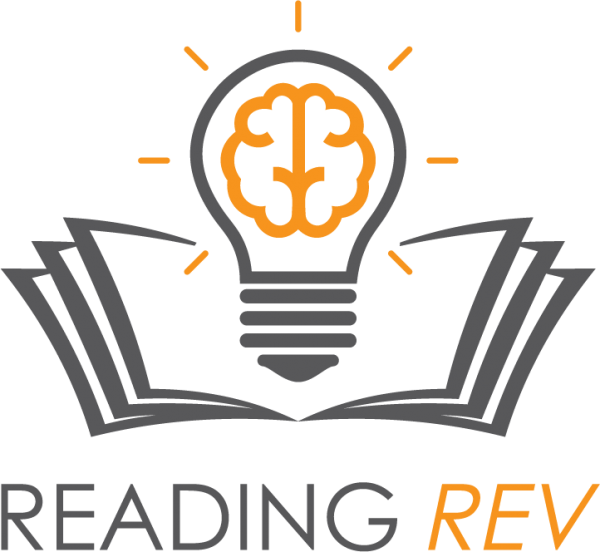How to Teach Higher-Level Comprehension
Last winter and spring, we dug deep into language comprehension. I’ve worked in intermediate intervention for years and am always determined to help those kids who struggle with grade-level literacy. However, as the standardized tests results came out and our 3rd+ teachers huddled around the results, I had a new realization. Our intermediate kids are asked to perform some pretty rigorous, higher-level comprehension tasks, and I’ve never seen a systematic way to tackle teaching this! As the Science of Reading movement has exploded in the last few years, a lot of focus as been on phonological awareness and phonics. As it should be… we needed to make some pretty big shifts. However, many of us have also been shouting from the roof tops that we can and should apply that science to all the components of literacy! So, today, we are going to revisit comprehension with the lens of how do we teach high-level comprehension?
Do your students struggle to answer questions like these?
What does systematic, comprehension instruction look like at this level?
As a fifth grade teacher, I felt like I had students who just naturally “got it.” I presented the questions and they wove together beautiful, accurate, thorough responses. Then, I had the students who stared blankly at the page and said, “I don’t know.” For those kids, I often launched into an in-depth explanation in which I basically gave them the answer. And, that cycle repeated with no staggering progress throughout the year. I needed a systematic method to walk them through the steps of higher level comprehension tasks. Let’s start with the comprehension continuum.
Comprehension has stages of development similar to other reading components!
We often talk about the Literal Comprehension phase, but rarely hear about how to teach the more advance stages!
We need to know what comprehension tasks and analysis our students should be capable of, and then the majority of our tier 1 instruction needs to take place there! We need to start with the standards. These are grade-level, minimum exit requirements. We need to instruct on that level!
However, when we have an intermediate student struggling with decoding, we drill down to find what subskills they have mastered and what they are missing. We don’t just keep spoon feeding multisyllabic words with complex vowel patterns (hopefully)! Once we know what their gaps are, we offer intense instruction on those skills and work our way back up through the sequence to grade level expectations. We need to think of comprehension the same way!
As teachers, we must know what grade level comprehension looks like and what subskills that understanding requires!
Using the standards and the comprehension continuum together is key.
The first step is to identify the grade-level comprehension task (listed in the standards) and match them to the continuum. Then, we can analyze what subskills our students must possess in order to access that skill.
If our 5th grade students need to:
(CCSS.ELA-LITERACY.RL.5.3 Compare and contrast two or more characters, settings, or events in a story or drama, drawing on specific details in the text (e.g., how characters interact).
CCSS.ELA-LITERACY.RL.5.9
Compare and contrast stories in the same genre (e.g., mysteries and adventure stories) on their approaches to similar themes and topics.
We can then look at the continuum and see that these standards align to Analyzing Different Texts to Draw Conclusions. What subskills do we need to ensure our students need to have to access this? Walking students through these subskills will allow them to gain understanding of the complex task or skill.
Next, we need to show our students how to break down the question or task to know exactly what is being asked of them. We do this by dissecting the question looking for action or direction words. Students can quickly make a “mission list.” What do they need to do?
Teach students to dissect the question so they know what tasks they are being asked to do.
What is you mission? Mission Accepted.
These steps can be used with both fiction and non-fiction and for every standard and grade. You can get access to the Comprehension Continuums and see this process modeled with real standard-based questions and content in Reading Rev’s VIP site. You will be amazed that after modeling and practicing this system, you and your students will feel much more confident tackling higher-level tasks. You’ll also see your standardized assessment scores soar!





